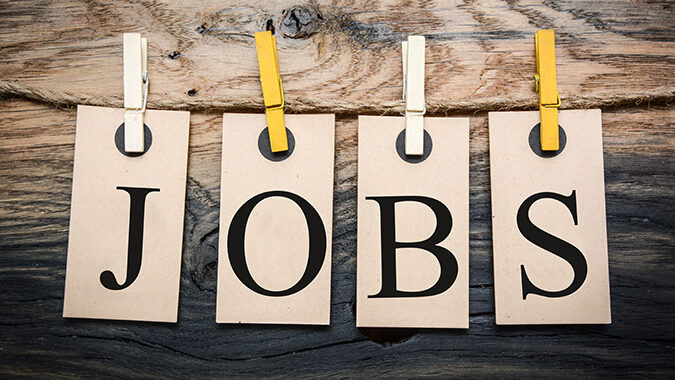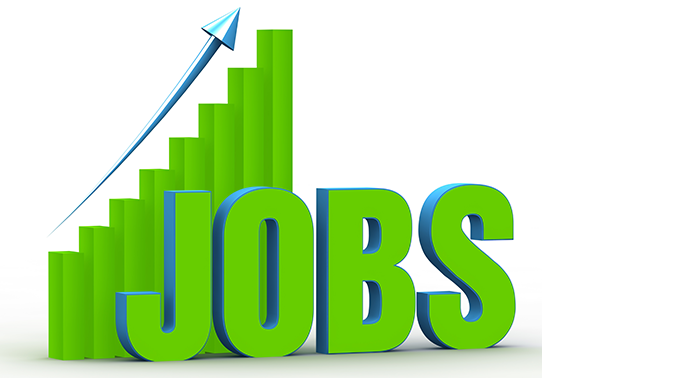The national unemployment rate dipped slightly to 3.5% in March and employer hiring slowed but remained strong with 236,000 jobs added to the economy, according to a report released Friday by the U.S. Bureau of Labor Statistics.
The Employment Situation Summary showed wage increases also cooling in March but still higher over the longer term than economists at the Federal Reserve would like to see in their efforts to reduce inflation to 2%. The average hourly earnings for all employees on private nonfarm payrolls rose 0.3% to $33.18 during March. Over the past 12 months, average hourly earnings have risen 4.2%.
Nonfarm payrolls increased by 236,000 jobs last month, and the data for February was revised higher to show 326,000 jobs were added instead of 311,000 as initially reported last month.
Employment continued to trend up in leisure and hospitality (+72,000), government (+47,000), professional and business services (+39,000), and healthcare (+34,000). The job gains in the leisure and hospitality, and healthcare industries, however, were lower in March than those sectors had been averaging for the past six months.
In March, employment in transportation and warehousing (+10,000) and retail trade (-15,000) changed little. There was also little change in manufacturing (-1,000), construction (-9,000), financial activities (-1,000) and other services.
The labor force participation rate, at 62.6%, continued to trend up in March. The employment-population ratio also edged up over the month to 60.4%. However, these measures still remain below their pre-pandemic February 2020 levels (63.3 % and 61.1%, respectively.)
The decline in the unemployment rate from 3.6% in February to 3.5% in March occurred as 480,000 people entered the labor force.
Total nonfarm employment held steady at 5.8 million

